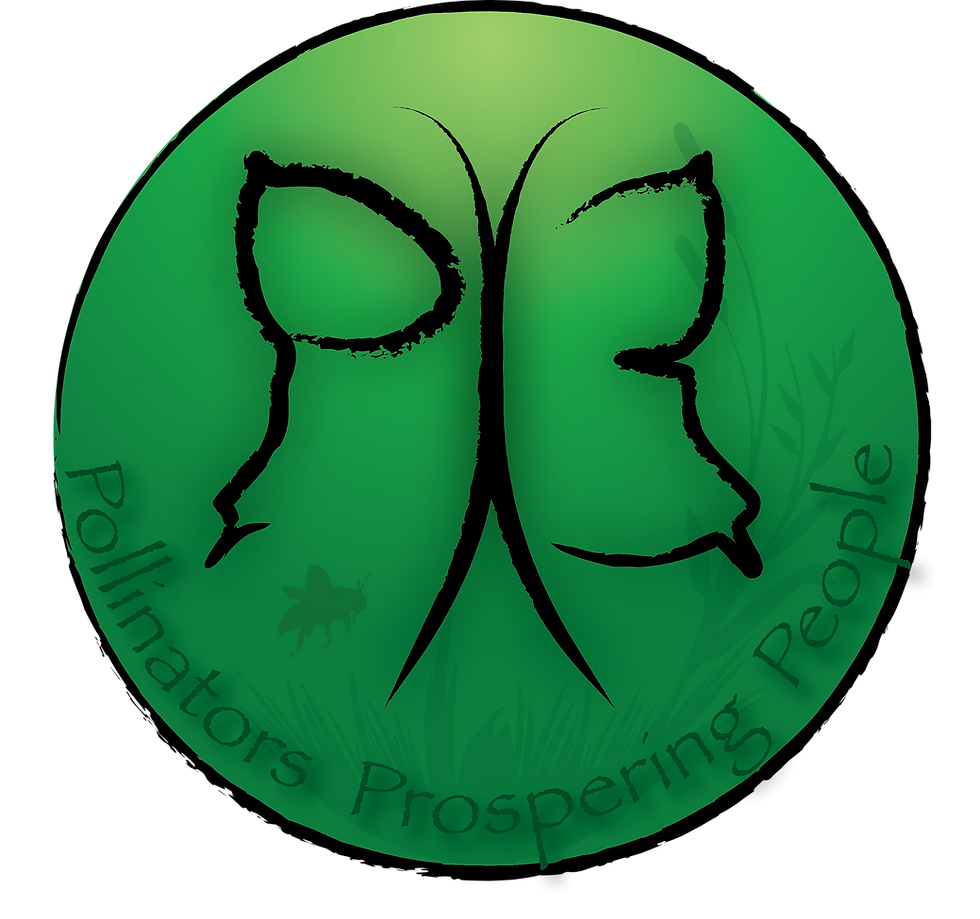Trivia Blog Series: Host with the Most!
- PX3 Team

- May 3, 2019
- 3 min read
Updated: May 13, 2019
M.Fegler
Welcome first time visitors and returning readers. PX3 hopes to see all of you at Calvert Brewing Company Trivia Night on May 15, 2019 from 7 pm - 9 pm. Get to know PX3 members, have a great craft brew, win prizes with your keen trivia skills. PX3 Trivia will consist of three categories: Maryland Native Bees, the Honey Bee, & Your Garden Potential. Join us and test your knowledge, learn fun facts and have some really good beer. For the first 15 days of May 2019 PX3 will post blogs that we will then draw trivia questions from. We welcome you to visit daily and take a look! Thanks to Calvert Brewing Company for partnering with us for this fun event.
Spring is here in full swing! It is time to grab up some great plants and create your own pollinator paradise. PX3 can help in many ways. Check out our calendar for our workshop series OR have us come out and give a property assessment of how to mold your space into a shared symbiotic friendship. As for hosting anyone at your home their are always special needs; I am sure everyone has that cousin, you know the one. Pollinators have specific needs too. The best way to plan for pollinators is to plan for all four season. I will introduce some basics and use other blog submissions to add detail to this subject as we go. If you want to invite and retain populations of pollinators why give them a reason to ever leave. It is important to provide plenty of foraging ground.
There can be 20,000 pollinators on one acre of floral space, so providing does not take as much as you many think. Bee Lawnify is PX3’s 2019 motto. Monoculture lawns are never going to do anything for your tomatoes or blueberries but it does not mean you have to give it ALL up either. Think of the block you live on as one potential acre of space shared by adjacent neighbors providing a literal corridor or grocery producing habitat for each neighbor involved. Planting ‘foraging islands’ next to ‘human yummie islands’ will give you great results and a way to watch these amazing insects.

It is also important to provide a clean water source for your pollinator friends. There are many ways this can be done. Personally, I treat them like all of the other pets; they have tiny flower shaped water bowls filled with heart shaped rocks for ease and safety that I fill each morning, just as I fill up the labradors bowl with ice water all summer. Always be sure to add pebbles, shells, rocks; we will never see agility water sports for pollinators.

In Maryland pollinator foraging plants mean blooming plants. It is important that you choose, not only plants pollinators love and that are pesticide free, but also a collection that blooms all the way through November. Some of the best observation of bumble bees is to have places for the worn out drones and workers to rest until their time comes. You don’t want to hinder the success of next year’s population by not providing nectar sources when they are needed most to all species. I want to add again that our beloved veggies and fruits certainly count as foraging but it is good to bolster these with a variety of plants that offer different benefits just as we choose different food sources for the same reason.

Nesting material is another important resource to include when hosting pollinators. Nesting material and habitat varies for groups and tribes of pollinators. We will discuss some of these in a future Trivia Blog. Nesting habitat is very different from overwintering habitat that is also vital. This keeps the population overwintering right where you want them come spring of 2020; is anyone else in awe that it is already 2020?
.png)






Comments